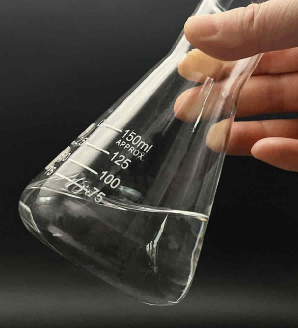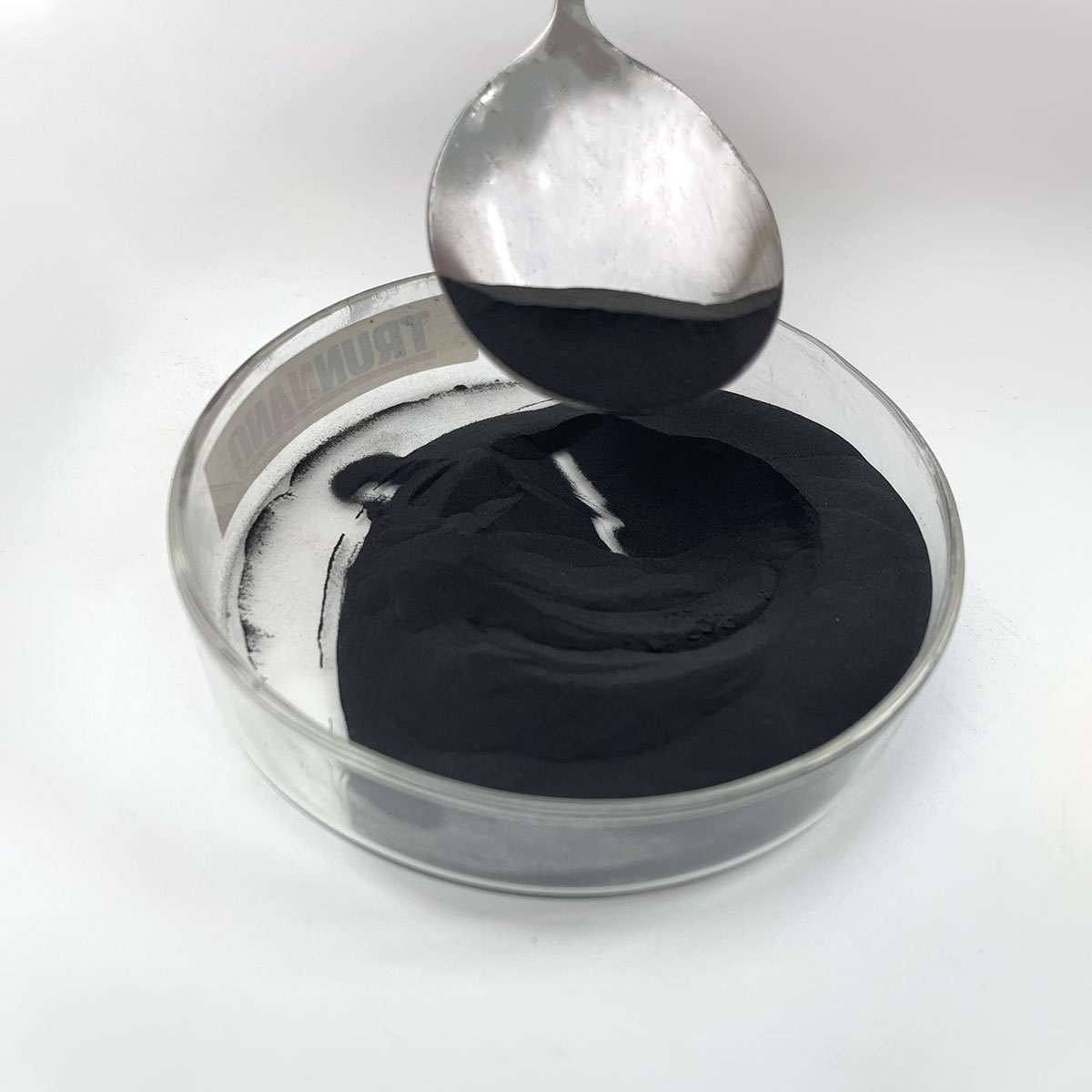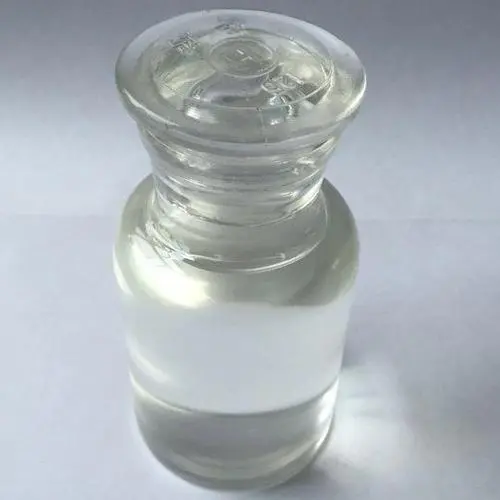1. Introduction
Just 24 hours ago, a major cosmetics brand announced the complete phase-out of sodium lauryl sulfate from its entire shampoo and body wash lineup, citing consumer demand for gentler, bio-based surfactants. This move reflects a growing global shift toward milder cleansing agents like decyl glucoside and sodium cocoyl glutamate—sparking renewed interest in understanding what sodium lauryl sulfate really is, how it compares to alternatives, and whether concerns about its use are scientifically justified.

At its core, sodium lauryl sulfate (often labeled as SLS, sodium dodecyl sulfate, or natrium lauryl sulfate) is a powerful anionic surfactant widely used for its foaming and cleaning properties. But not all surfactants are created equal. From ammonium lauryl sulfate in shampoos to polysorbate 80 in food emulsions, the surfactant landscape is vast and nuanced. In this deep dive, we’ll compare SLS with key alternatives, unpack naming confusions, and explore where it still holds functional advantages—especially in non-cosmetic contexts like herbicide formulations and industrial cleaners.
2. What Exactly Is Sodium Lauryl Sulfate?
Sodium lauryl sulfate (SLS), chemically known as sodium dodecyl sulfate, is a synthetic anionic surfactant derived from lauryl alcohol—often sourced from coconut or palm kernel oil. Despite the natural origin of its precursor, SLS itself is highly processed. Its molecular structure features a hydrophobic 12-carbon tail and a hydrophilic sulfate head, enabling it to reduce surface tension, lift oils, and generate rich lather. This is the meaning of surfactant in action: a compound that modifies interfacial tension between liquids, solids, or gases.
You’ll see SLS listed under many names: sls sodium lauryl sulfate, na lauryl sulfate, lauryl sulfate, or even copper 1 bromide–free variants in lab settings. Importantly, SLS is not the same as sodium laureth sulfate (also called sodium lauryl ether sulfate or sodium lauryl ether sulphate), though they’re often confused. The key difference? Laureth versions are ethoxylated—meaning ethylene oxide is added—making them milder but potentially contaminated with 1,4-dioxane, a concern in some regulatory circles.

3. How SLS Stacks Up Against Other Surfactant Types
Surfactants fall into four main categories: anionic, cationic, non-ionic, and amphoteric. SLS is firmly in the anionic camp, prized for strong detergency but known for potential skin irritation. Let’s compare it to alternatives across categories.
- Anionic alternatives: Sodium laureth sulfate (SLES) is milder than SLS but still synthetic. Sodium lauroyl sarcosinate and sodium cocoyl isethionate offer better skin compatibility while maintaining foam. Sodium dodecylbenzene sulfonate is another anionic surfactant used in laundry detergents but is harsher and less biodegradable.
- Amphoteric surfactants: Cocamidopropyl betaine (also called coco betaine, amidopropyl betaine, or coco amido propyl betaine) is frequently paired with SLS to reduce irritation and boost foam stability. It’s amphoteric—meaning it can act as either anionic or cationic depending on pH—making it versatile and gentle.
- Non-ionic surfactants: These include polysorbate 80, Span80, Pluronic 127 (poloxamer 188), and ethoxylated alcohols. They don’t carry a charge, so they’re less irritating and often used as emulsifiers or wetting agents. In agriculture, nonionic surfactants like ethoxylated alcohol serve as surfactant for herbicides or lawn wetting agents to help weed killers penetrate waxy plant leaves.
- Bio-based and mild options: Alkyl polyglucosides like decyl glucoside and coco glucoside are derived from sugar and fatty alcohols. They’re true bio surfactants—readily biodegradable, non-toxic, and ideal for sensitive skin. Sodium coco sulfate (sometimes misleadingly called coco sodium sulfate) is another plant-derived anionic option, though still more irritating than glucosides.
4. Where SLS Still Makes Sense—and Where It Doesn’t

Despite its reputation, SLS isn’t universally ‘bad.’ In industrial cleaners, car wash soaps, or as a surfactant for weed killer formulations, its strong degreasing power is an asset. Agricultural suppliers often blend SLS with methylated seed oil or lignin sulfonate to enhance herbicide adhesion and spread. Similarly, in labs, sodium dodecyl sulfate is a standard reagent for protein denaturation in SDS-PAGE gels.
However, in leave-on skincare or baby products, gentler alternatives dominate. Cetyl trimethyl ammonium bromide (CTAB) or cetyltrimethylammonium bromide is a cationic surfactant used in conditioners for its antistatic properties—but it’s incompatible with anionic systems like SLS. Meanwhile, fluoro surfactants and sodium deoxycholate serve niche roles in high-performance or pharmaceutical applications.
For consumers seeking SLS-free products, labels may list sodium lauryl sulfate for sale alongside alternatives like sodium lauroyl methyl isethionate or sodium oleate. Companies like Rohit Surfactants Private Limited now offer a full spectrum of anionic, cationic, and nonionic surfactants tailored to specific industries—from cosmetics to crop protection.
5. Naming Confusion and Global Labeling
One major source of consumer confusion stems from inconsistent naming. In Europe, ‘sulphate’ spelling is common (e.g., sodium lauryl sulphate), while the U.S. uses ‘sulfate.’ ‘SLS sodium’ or ‘sls sulfate’ are redundant but frequent on e-commerce sites. Similarly, ‘laureth sulphate’ and ‘sulphate laureth sulfate’ refer to SLES, not SLS. Always check the INCI name: ‘Sodium Lauryl Sulfate’ = SLS; ‘Sodium Laureth Sulfate’ = SLES.
Also note: ammonium lauryl sulfate (or ammonium dodecyl sulfate) is the ammonium salt version, slightly milder than SLS but still anionic. It’s common in clarifying shampoos but shares similar irritation potential.
6. Conclusion
Sodium lauryl sulfate remains a workhorse surfactant where high cleansing power is needed—but its dominance in personal care is waning. With effective, eco-friendly alternatives like alkyl polyglucosides, amphoteric cocamidopropyl betaine, and sodium cocoyl glutamate now widely available, formulators and consumers have more choices than ever. Understanding the differences between anionic, cationic, non-ionic, and amphoteric surfactants empowers smarter decisions—whether you’re formulating a shampoo, mixing a herbicide, or simply reading a label at the store.
Our Website founded on October 17, 2012, is a high-tech enterprise committed to the research and development, production, processing, sales and technical services of ceramic relative materials such as Understand. Our products includes but not limited to Boron Carbide Ceramic Products, Boron Nitride Ceramic Products, Silicon Carbide Ceramic Products, Silicon Nitride Ceramic Products, Zirconium Dioxide Ceramic Products, etc. If you are interested, please feel free to contact us.


